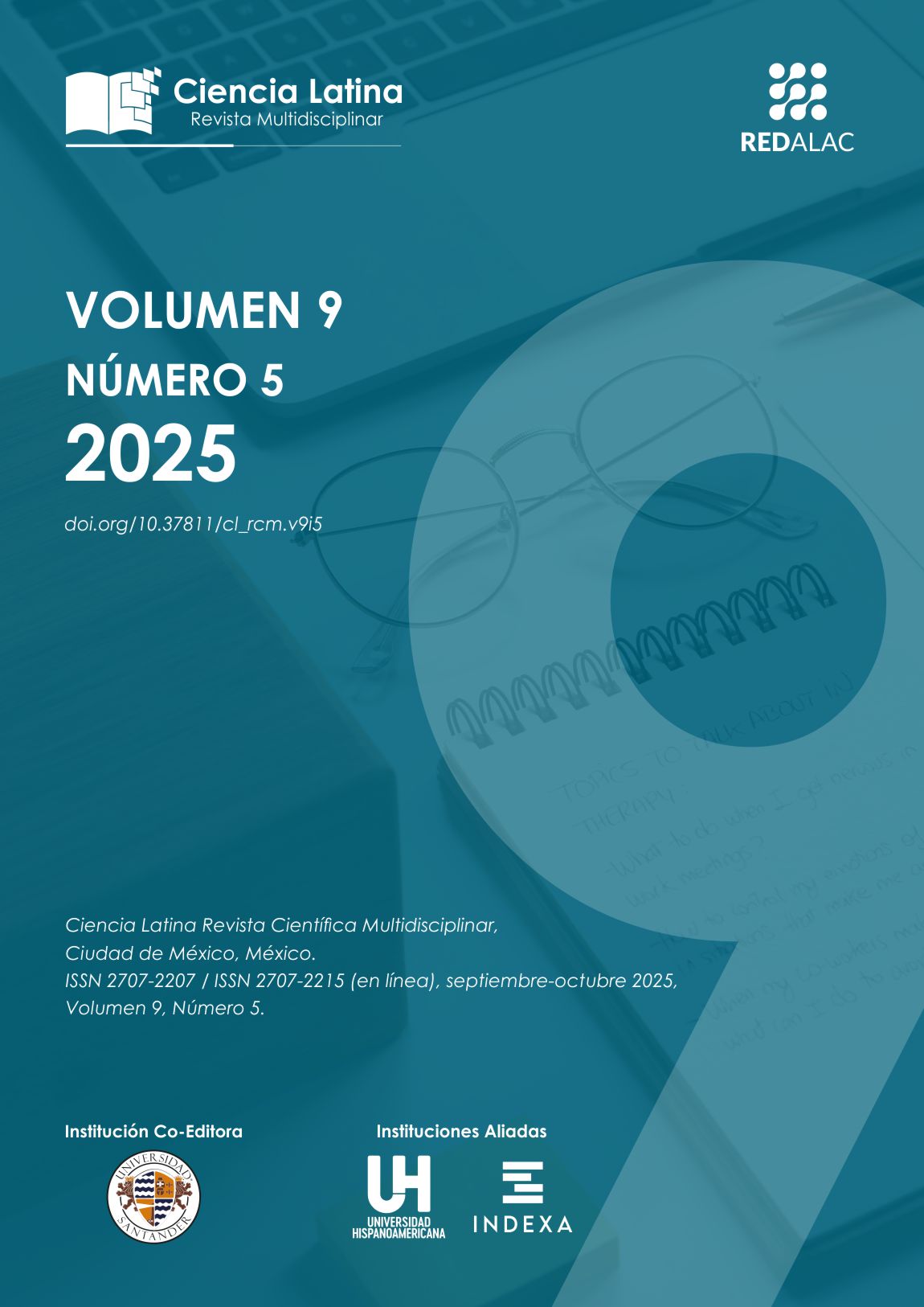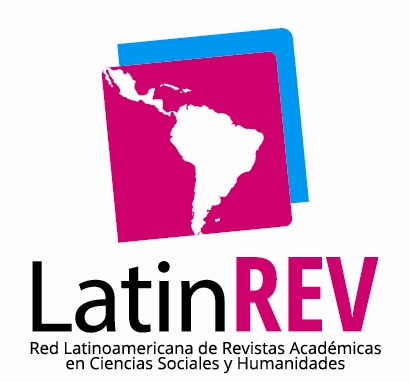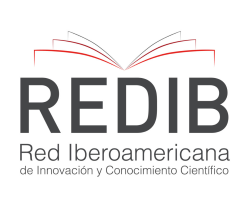Fibrinógeno como Factor Pronóstico para Hemorragia Posparto en Pacientes del Hospital General de Zona No. 20
Resumen
Objetivo: Evaluar la utilidad del fibrinógeno como factor pronóstico para hemorragia posparto en pacientes de un hospital de segundo nivel de atención. Métodos: Estudio de casos y controles, transversal, analítico y retrospectivo basado en expedientes de pacientes atendidas entre marzo-diciembre de 2023. Se incluyeron aquellas pacientes que contaban con los datos completos de edad, historial obstétrico, características del parto (vía de resolución y volumen de sangrado por estimación visual), hemorragia posparto (presencia, severidad) y parámetros de coagulación al ingreso (niveles de fibrinógeno, tiempo de protrombina, tromboplastina parcial e INR) y tratamiento. Se utilizaron estadísticas descriptivas, pruebas de t de Student y U de Mann-Whitney para la comparación de medias y medianas, área bajo la curva y regresión logística para evaluar la sensibilidad, especificidad y capacidad predictiva del fibrinógeno. El procesamiento se realizó con IBM SPSS v.26, considerando significativo un valor de p<0.05. Resultados: Se analizaron 114 pacientes con edad promedio de 28±6 años. El 96.5% de las pacientes finalizaron el embarazo por cesárea. Un 24.6% de las pacientes presentó hemorragia posparto y presentaron un nivel de plaquetas de 205.7±74, estadísticamente significativo en comparación con aquellas que sin hemorragia. Se encontró que las pacientes con hemorragia tuvieron una menor cantidad de fibrinógeno 587.50 vs 627 mg/dL (p<0.05). Un nivel de fibrinógeno <637 mg/dL mostró una sensibilidad del 75% y especificidad del 43%. Conclusión: El fibrinógeno se identificó como un factor pronóstico de la hemorragia posparto y podría emplearse para identificar a pacientes con mayor riesgo de esta complicación.
Descargas
Citas
Zervoudis S, Aimagambetova G, Bapayeva G, Sakhipova G, Terzic M. Management of Postpartum Hemorrhage in Low- and Middle-Income Countries: Emergency Need for Updated Approach Due to Specific Circumstances, Resources, and Availabilities. Journal of Clinical Medicine 2024, Vol. 13, Page 7387. 2024;13(23): 7387. https://doi.org/10.3390/JCM13237387.
Gonzalez-Brown V, Schneider P. Prevention of postpartum hemorrhage. Seminars in Fetal and Neonatal Medicine. 2020;25(5). https://doi.org/10.1016/j.siny.2020.101129.
Hofer S, Blaha J, Collins PW, Ducloy-Bouthors AS, Guasch E, Labate F, et al. Haemostatic support in postpartum haemorrhage: A review of the literature and expert opinion. European Journal of Anaesthesiology. 2022;40(1): 29. https://doi.org/10.1097/EJA.0000000000001744.
Liu LY, Nathan L, Sheen JJ, Goffman D. Review of Current Insights and Therapeutic Approaches for the Treatment of Refractory Postpartum Hemorrhage. International Journal of Women’s Health. 2023;15: 905. https://doi.org/10.2147/IJWH.S366675.
Widmer M, Piaggio G, Hofmeyr GJ, Carroli G, Coomarasamy A, Gallos I, et al. Maternal characteristics and causes associated with refractory postpartum haemorrhage after vaginal birth: a secondary analysis of the WHO CHAMPION trial data. Bjog. 2020;127(5): 628. https://doi.org/10.1111/1471-0528.16040.
Secretaría de Salud. Muerte Materna. Informe Semanal de Vigilancia Epidemiológica. p. 1–7. https://www.gob.mx/cms/uploads/attachment/file/964501/MM_2024_SE52.pdf [Accessed 21st January 2025].
Bremme KA. Haemostatic changes in pregnancy. Best Practice & Research Clinical Haematology. 2003;16(2): 153–168. https://doi.org/10.1016/S1521-6926(03)00021-5.
Bienstock JL, Eke AC, Hueppchen NA. Postpartum Hemorrhage. Longo DL (ed.) The New England journal of medicine. 2021;384(17): 1635–1645. https://doi.org/10.1056/NEJMRA1513247.
Laranjo M, Aniceto L, Domingues C, Gonçalves L, Fonseca J. Managing Placenta Accreta and Massive Hemorrhage: A Case Report on Anesthetic and Surgical Interventions. Cureus. 2024;16(7): e64071. https://doi.org/10.7759/CUREUS.64071.
Watkins EJ, Stem K. Postpartum hemorrhage. JAAPA : official journal of the American Academy of Physician Assistants. 2020;33(4): 29–33. https://doi.org/10.1097/01.JAA.0000657164.11635.93.
Tang J, Lin Y, Mai H, Luo Y, Huang R, Chen Q, et al. Meta-analysis of reference values of haemostatic markers during pregnancy and childbirth. Taiwanese Journal of Obstetrics and Gynecology. 2019;58(1): 29–35. https://doi.org/10.1016/J.TJOG.2018.11.004.
Cheema HA, Ahmad AB, Ehsan M, Shahid A, Ayyan M, Azeem S, et al. Tranexamic acid for the prevention of blood loss after cesarean section: an updated systematic review and meta-analysis of randomized controlled trials. American Journal of Obstetrics and Gynecology MFM. 2023;5(8). https://doi.org/10.1016/j.ajogmf.2023.101049.
Massoth C, Wenk M, Meybohm P, Kranke P. Coagulation management and transfusion in massive postpartum hemorrhage. Current opinion in anaesthesiology. 2023;36(3): 281–287. https://doi.org/10.1097/ACO.0000000000001258.
Bell SF, Collis RE, Collins PW. Comparison of haematological indices and transfusion management in severe and massive postpartum haemorrhage: analysis of a two-year national prospective observational study. International journal of obstetric anesthesia. 2022;50. https://doi.org/10.1016/J.IJOA.2022.103547.
Mishra N, Ekka S V., Pal S, Mishra I. Point-of-care blood clotting test and its correlation with fibrinogen level: Potential in goal-directed transfusion in postpartum hemorrhage. International journal of gynaecology and obstetrics: the official organ of the International Federation of Gynaecology and Obstetrics. 2021;154(2): 343–351. https://doi.org/10.1002/IJGO.13536.
Li J, Zhang D, Lin H, Shao M, Wang X, Chen X, et al. Postpartum haemorrhage following vaginal delivery: a comprehensive analysis and development of predictive models for aetiological subgroups in Chinese women. BMJ Open. 2025;15: 89734. https://doi.org/10.1136/bmjopen-2024-089734.
Galindo Cruz LM, López García D, Martínez Marín DG, Lorca Jiménez G, García Galicia A, Tapia Venancio M. Características clínicas de pacientes obstétricas críticas. Ginecología y obstetricia de México. 2024;92(10): 422–426. https://doi.org/10.24245/GOM.V92I10.25.
Solis EN, Reyes JMC, Morales NJL, Gamboa LEH, López Cancino SA. Uterine artery ligation for prevention of postpartum hemorrhage in patients with risk factors for cesarean section. Ginecologia y Obstetricia de Mexico. 2024;92(2): 52–59. https://doi.org/10.24245/GOM.V92I2.9405.
Dodge LE, Carterson AJ, Hacker MR, Golen TH, Pratt SD, Sudhof L, et al. Antepartum fibrinogen concentration as a predictor of bleeding complications. The journal of maternal-fetal & neonatal medicine : the official journal of the European Association of Perinatal Medicine, the Federation of Asia and Oceania Perinatal Societies, the International Society of Perinatal Obstetricians. 2021;34(21): 3586–3590. https://doi.org/10.1080/14767058.2019.1688296.
Dai J, Mao P, Pu C, Wang X, Liu X. Trimester-specific reference intervals and profile of coagulation parameters for Chinese pregnant women with diverse demographics and obstetric history: a cross-sectional study. BMC Pregnancy and Childbirth. 2023;23(1): 1–11. https://doi.org/10.1186/S12884-023-05571-Z/TABLES/3.
Zou Y, Jiang Y, Zhu D, Liu L, Zheng X, Gu X, et al. Fibrinogen as a potential diagnostic marker for prediction and evaluation of postpartum hemorrhage: a retrospective study. The journal of maternal-fetal & neonatal medicine : the official journal of the European Association of Perinatal Medicine, the Federation of Asia and Oceania Perinatal Societies, the International Society of Perinatal Obstetricians. 2024;37(1). https://doi.org/10.1080/14767058.2023.2300418.
Okada A, Okada Y, Inoue M, Narumiya H, Nakamoto O. Lactate and fibrinogen as good predictors of massive transfusion in postpartum hemorrhage. Acute Medicine & Surgery. 2020;7(1): e453. https://doi.org/10.1002/AMS2.453.
Derechos de autor 2025 Isaac Gervacio Rosas Ruiz, María Isabel Lobatón Paredes , Miriam Cabrera Jiménez , Jorge Osvaldo Rodríguez Tovar

Esta obra está bajo licencia internacional Creative Commons Reconocimiento 4.0.











.png)




















.png)
1.png)


